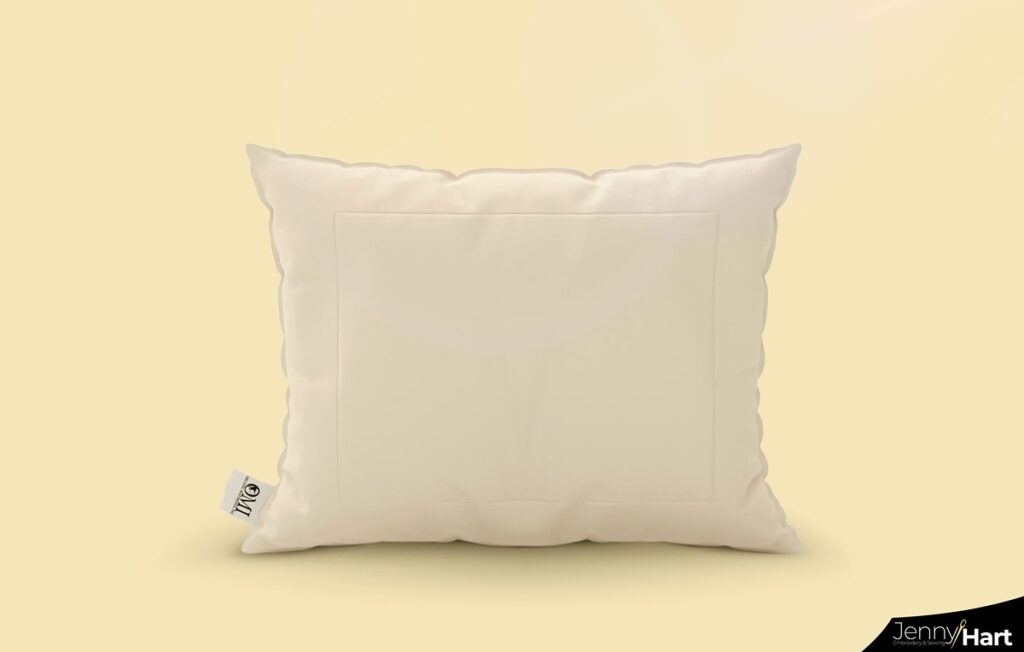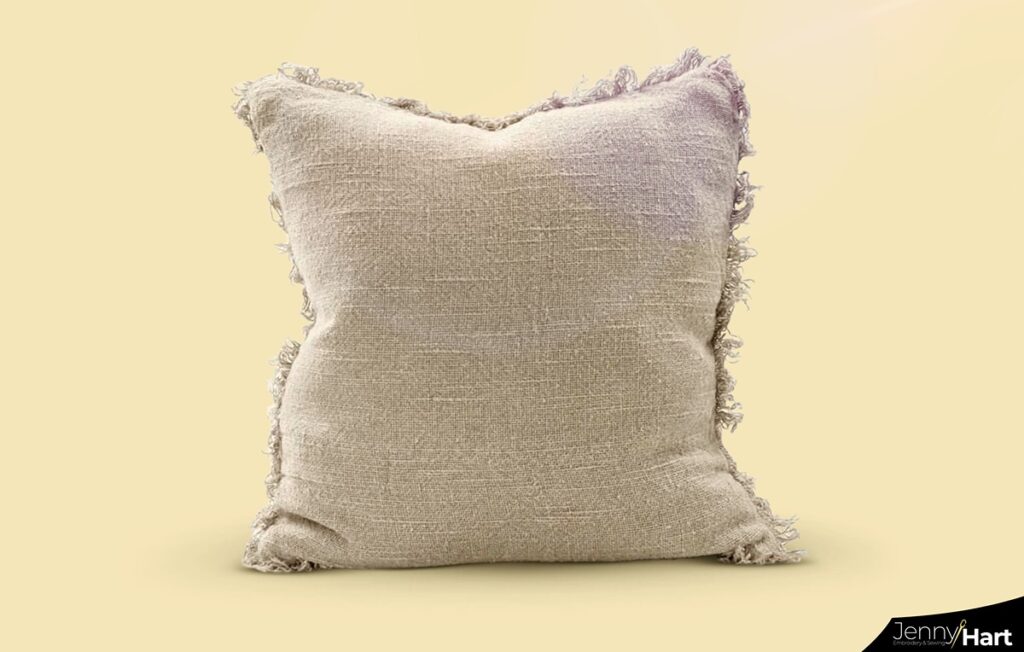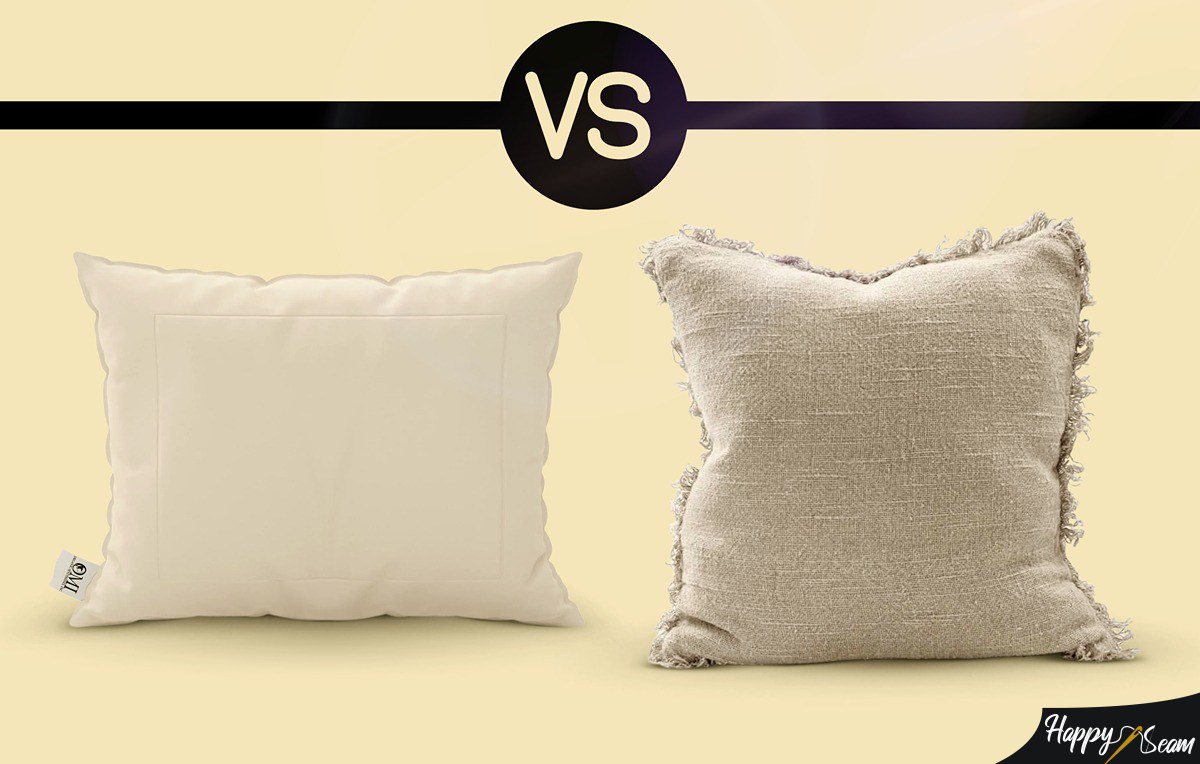Cotton and linen fabrics are among the superior fabrics when it comes to bedding. We often wonder what the difference is. Which one should I choose? Why is there a price difference, and how should I care for them? Don’t worry, we got you. We are going to explore these two fabrics and make a comparison so that by the end of this article, you will know exactly what you need.
Key Takeaways
- Cotton fabric and linen fabric are both natural fibers.
- Cotton fibers are softer and more absorbent, while linen is rough and helps keep you cool.
- After several washes, linen sheets become very soft and can last up to 30 years.
- Both have very good qualities and are used for a variety of things.
Are There Any Similarities?

Cotton and linen are widely used in everyday products around the world. You touch them every day without even realizing it. Confused? Don’t be; we say this because, according to the U.S. Bureau of Engraving and Printing, the dollar bill is made from 25% cotton and 75% linen. Another thing they have in common is that they both are natural fibers. However, they come from different plants and places (Cotton, for example, is derived from cotton plants, hence the name.).
Both of them are environmentally friendly, non-harmful to your skin, and can be used in winter and summer. Also, taking care of them is pretty easy. Cotton fabrics are washed on a normal cycle, but linen should be washed on a delicate cycle with cold or warm water. That’s it, easy.
What makes them different?
Have you heard of a flaxseed meal? Well, both linen and flax seeds come from the same flax plant. This makes linen an extremely strong fabric that will last for years. Linen is also lightweight and absorbent. It is perfect for warmer climates because it keeps you cool and dry.
Another factor why people go for linen bedding is that it is hypoallergenic, meaning that it is a perfect choice for someone who has allergies or sensitive skin. However, linen fibers can be quite difficult to weave because they are harsh, and it takes them a long time to soften. The fax plant thrives in the cooler climate and is often harvested in some parts of the U.S, Ireland, China, and Western Europe.
Cotton comes from the cotton plant, and it is easier to work with. It is soft and fluffy, making it the perfect fiber for comfy bedding. The cotton plant prefers warmer climates and is often harvested in warm parts of the U.S, Brazil, India, Turkey, and so on.
Let’s compare

All this information is great, but how does it help us choose? Let us compare the two. If you are looking for a stretchy fabric, you should probably go with cotton. As we mentioned, linen is a harder fabric, and it will take the fibers a longer time to wear out and be more flexible. If you are looking for a soft pillow case, we also suggest cotton because it’s fluffier and will make you feel like you’re sleeping on a cloud. However, if you are looking for a decorative duvet, we recommend you choose linen because it is more durable than cotton and will last for years.
The texture is completely up to you; just remember that linen is rough and cotton feels softer. If you are looking for the perfect outfit for the hot summer days, you should probably choose linen because it is more breathable. No wonder cultures in warm climates have been wearing it for centuries. But, if you want something absorbent, like a towel, then we suggest cotton.
When it comes to bed covers, again, it is up to you. If you are looking for something heavier, go with linen, and if you want something lightweight, cotton is the right answer. And last but not least, if you have allergies or sensitive skin, go with linen because, as we mentioned, it’s hypoallergenic.
Both fabrics, unfortunately, wrinkle, so you might want to keep your ironing board close by after washing them in the washing machine. However only cotton has the ability to shrink, so keep that in mind.
Why is linen more expensive than cotton?
We talked about the qualities; now, let’s talk about the price. Throughout the centuries, linen has been viewed as an aristocratic fabric among Egyptian pharaohs and European royals. The qualities it has, such as durability, strength, and the ability to keep you cool, have made linen a perfect choice of fabric for many. However, the fact that linen was once an aristocratic piece is not the reason why it’s more expensive today.
Linen is pretty difficult to handle, not just because of the hard fibers but also because it has a lengthy harvesting process that is very laborious. Flax plants are pulled from the ground, not cut, to preserve the full length of the fibers. Then they have to be loosened from the stalk by exposing the plant to moisture so that bacteria and fungi can work their magic. After this, the raw materials need to be separated from the woody part of the flax fibers in a process called scotching. After this, the long and the shorter fibers have to be separated by running them through hackling combs. The last step is weaving, and as we mentioned, linen fibers are not elastic so the weaving machines have to run slow, which, of course, increases the cost.
So, as you can see for yourself, by the time the linen materials make it to your home, they add up the cost, and that is why linen is more expensive. Also, even though flax is grown in several places, the optimal conditions can only be found in Europe in the so-called “Flax Belt” that stretches through the Netherlands and some parts of France.
Conclusion
After reading this article, we are pretty sure that you have a general idea of what to choose next time you shop for bedding. If you want something soft and cozy, go for cotton. If you want a good quality bed cover that will last a very long time, go with linen even though there are general “rules” on when to choose which. The final choice is totally up to you and your personal preference and needs.
Further Reading
Why not read some more blogs if you enjoyed what you have read so far?
Discover which material is superior to cotton and rayon.
There are blogs that show you how to fade black jeans and explain why rayon wrinkles.
Don’t overlook this fantastic brand; I’ve provided a nice list of Brother sewing machines. Another list includes computerized sewing machines while another blog compares the Brother se600 and Brother se625.
Sewing is definitely one of my biggest hobbies. I’ve been doing it since i was young, thanks to my mother. I specialize in sewing, and that’s what i mostly write about.



